INAUSPICIOUS RAINBOW FISH OF TIBET
Blog one of five on an industry totally new to Tibet: mass manufacture of millions of alien trout in hydro dams on the Ma Chu/Yellow River

This is a fish story with the lot, which is why it’s a long read. It’s got predation, pollution, protein, pristine rivers, and post-pandemic new normal productivist fish farming.
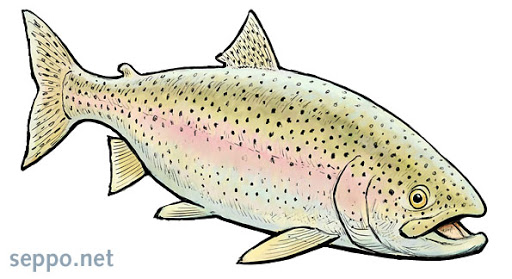
New era China has discovered, after decades of experiments and failures, how to breed alien fish in the dams China built across the Ma Chu in Amdo, millions of them, currently about five million a year.
The rainbow trout industry is totally alien to Tibetan culture and values, yet is represented as successful development of Tibet, a win-win contribution to poverty alleviation.
Five million trout a year are vacuumed from cages set inside the dam reservoirs, electrocuted, bled to death, gutted, packed, chilled and airfreighted to Shanghai and other rich coastal Chinese cities, fetching premium prices, where consumers confuse trout with salmon, partly because the trout are fed additives to make their flesh pink like salmon.

New era China has plans to greatly expand fish production in Tibetan dams.
This is one of the most highly industrialised meat manufacturing systems worldwide. It is high tech, capital-intensive, high in environmental impacts, integrated into globalised commodity chains and sells into distant urban markets via a sophisticated chilled distribution chain. It is a model for China’s plans to similarly intensify the production, slaughter, boning and chilling of Tibetan yak, sheep and goat meat, also for distant consumers persuaded by marketing to pay premium prices for pristine Tibetan purity.
In the nine hydro dams China has built in the Ma Chu/Huang He/Yellow River in Amdo the total length of impounded water adds up to 300 kilometres. From a productivist perspective, that adds up to not only a lot of electricity generation for the heavy industrialisation of Tibet and Gansu, but also pondage of clear, cold water ideal for factory farming of rainbow trout, a species not native to Tibet.
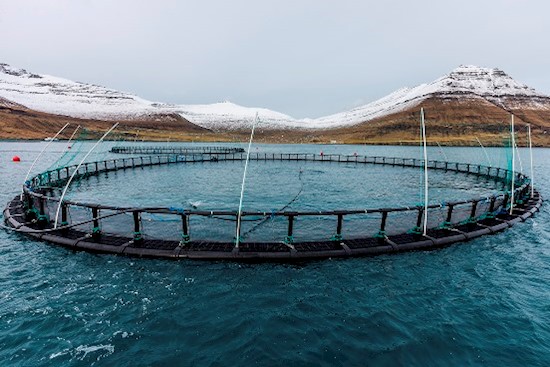
It has taken several years, with much help from the UN Food & Agriculture Organisation, for China to figure out how to make the withheld water yield profit, but full production is now under way, concentrated in the Tibetan areas of Mangra, Chabcha and Tsongkha, where the Ma Chu drops, sometimes in steep valleys suited to dam building, to altitudes low enough to not ice over in winter.
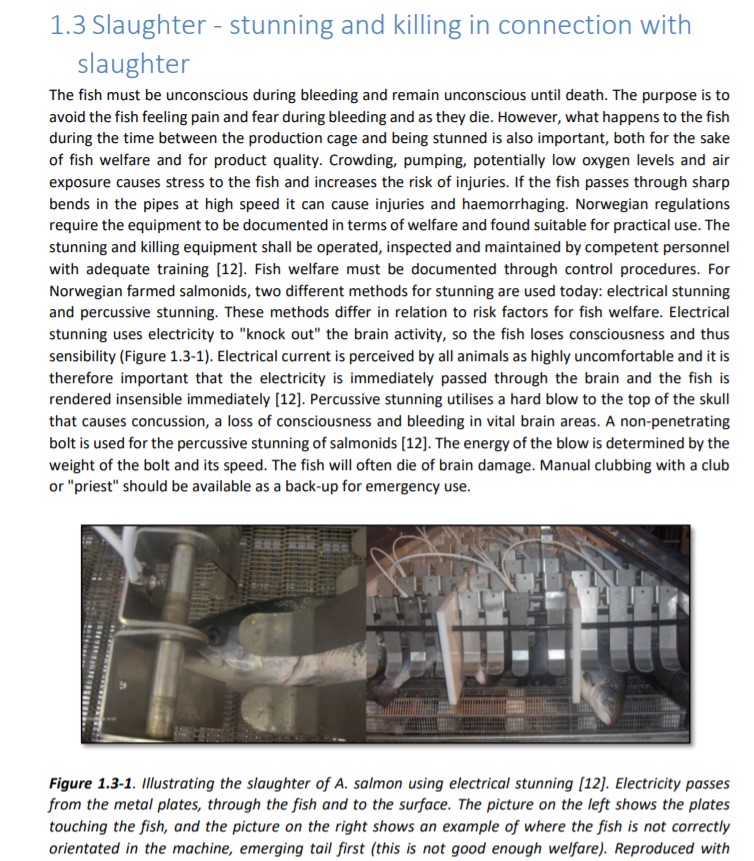
To China, this is exemplary, a lesson Tibetans should learn from. All natural resources should be made to work harder, to produce more, to yield more for human use, through application of human will. This is development, modernity, efficiency, productivity, prosperity, win-win.
TROUT WITH ADDED GENETIC MUTATIONS
As part of the globalised aquaculture industry, further improvements are always sought, fine tuning industrial strategies to squeeze further fish weight gain into the shortest time prior to slaughter. This industrialisation includes genetic mutation, selecting fish with extra chromosomes, or triploidy. “Due to the infertility caused by triploidy, triploid fish have more advantages than diploids in terms of rapid growth, high meat quality and no gene pollution. Triploid rainbow trout has become one of the most successful commercialized species. In China, after importing the eyed eggs from the USA, Norway and Denmark, triploid rainbow trout are cultured in reservoirs with clean and cold spring water for 2–3 years, until reaching market size of around 4 kg. It has been one of the main cold-water fish species cultured in China with annual production of>30,000 tons.”[1]
This advanced globalisation, starting with flying in from the US and Scandinavia millions of living, fertilised fish eggs, at the precise point of their embryonic development where the dark colour of a fish eye in formation can be seen through the semi-transparent egg. This is the sweet spot for transport across the globe: the eggs are still small but demonstrably alive, not yet so big that transPacific or transEurasia temperature-controlled air cargo gets complicated.
Turning eggs into hatchlings and then into adult fish, ready for slaughter, is highly globalised. Tibet slots into a global dispersal of geographies, each playing a specific role in the commodity chain.
Precisely formulated feed is crucial, for cost control, profit maximisation, fastest weight gain and antibiotic protection against infections, as the fish are crowded together in huge cages inside the reservoirs behind dam walls. Much can go wrong, including disease outbreaks that are uncontrollable in the overcrowded cages. Global corporations are now partnering Chinese fish food manufacturers, building new factories together, to produce optimally formulated feed pellets that rainbow trout will eat, and gain weight fast.
The quote above comes from a team of 10 scientists from Qinghai University and two key corporations, Danish owned feed manufacturer Tongwei Co., based in Chengdu; and Qinghai Minze Longyangxia Ecological Aquaculture Co., LTD., whose home base is the biggest and oldest of the eight hydro dams in the Ma Chu, at Longyangxia 811800, China. Longyangxia, or Longyang Gorge, is such a big dam it shows up readily on satellite photos, by far the biggest interruption of the Ma Chu, yet still 1600 kms downstream from the source, up in Tibetan glaciers far to the west. Those glaciers, evoking imagery of glacial purity, drive China to declare much of Amdo pasture to be national park, from which graziers and grazing are increasingly banned.
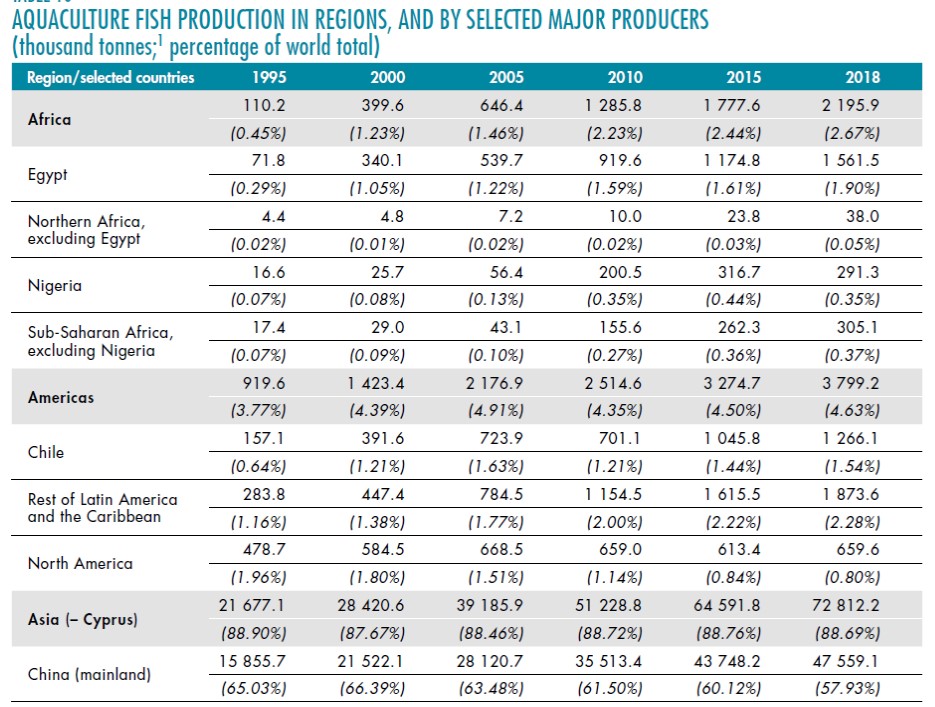
Effectively, the Ma Chu in Tibet has become two consecutive rivers. The uppermost catchment, starting at the glaciers, has become sacred national park in a developmentalist state out to make its mark on the land, in the name of maintaining water flow to lowland China.
The second Ma Chu river, after making its vast S-bend around the holy Amnye Machen range, is in every way an industrial river, not only for fish farming but as an energy production hub with hydropower turbines spinning, plus adjacent solar power farms feeding ever more electricity into the power grids leading from the dams. The electricity in turn powers irrigates intensive agriculture and heavy, polluting industries processing the raw materials of Tibet. Those factories in turn produce toxic wastes, including liquid wastes that are supposed to not enter the river.
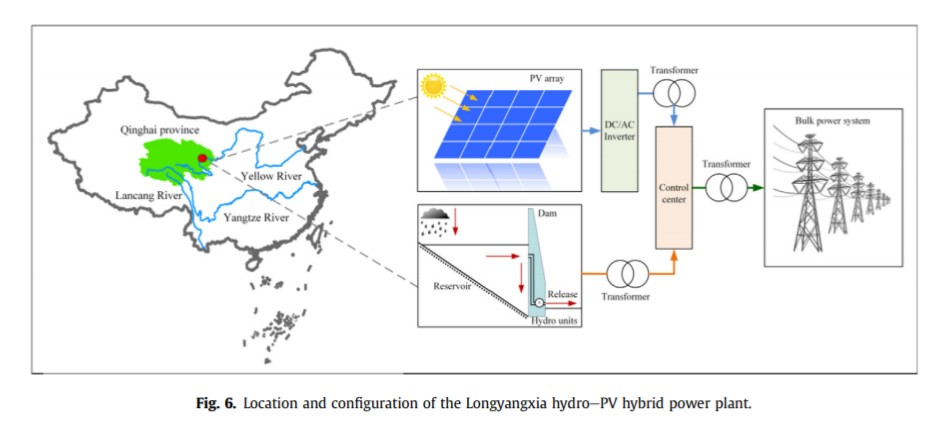
Further downstream, the Ma Chu becomes the Huang He/Yellow River. So the magically pure water of the high plateau, “China’s Number One Water Tower”, must now flow through the economic production zone of the dams, fish farms and hydropower turbines, before it can reach lowland China. How does this acclaimed purity traverse the fish farms and the antibiotics fed to the fish to prevent aquaculture pandemics? Such are the contradictions of globalised modernity.
Part of the argument for the construction of dams far up the Yellow River was flood control, which means impounding as much as possible, but also, for the sake of dam safety and risk management below, releasing water at flooding peak levels. For fish farmers, this means the water level rises and falls, for reasons that have little to do with fish growth.
TIBETAN WATER IS A TREASURE OF CHINA’S TIBET
Tibet is not lacking in fish, hardly surprising in a largely flat plateau with hundreds of lakes, some fresh, some salty, and the upper reaches of nearly all the major rivers of Asia. China now speaks of the myriad lakes of the Tibetan Plateau as valuable natural capital, even though few lakes have any outflow steam, only inflows; and how those lakes maintain a balance between inflow and strong summer evaporation remains a mystery to Chinese scientists.
Having quantified the aggregated dimensions of all the lakes of Tibet, China now tells itself it has a treasure, even though there is no way of extracting water from over 1000 lakes that have no outflow. “Zhu Liping, secretary-general of the Qinghai-Tibet Plateau Research Association and researcher of the Institute of Qinghai-Tibet Plateau Research of the Chinese Academy of Sciences, put forward a little-known point. Zhu Liping, who has been engaged in the study of lakes on the Qinghai-Tibet Plateau for more than ten years, explained that there are 1091 lakes on the Qinghai-Tibet Plateau with an area of more than 1 square kilometre. The Qinghai-Tibet Plateau accounts for 49.5% of the total number of lakes in the country. That is, Tibetan Plateau only accounts for 1/4 of the country’s land area, but the lake area accounts for 1/2 of the country’s lake area. It is the highest altitude, largest number and largest lake area on the earth.”
A high profile Chinese natural capital valuation scientist, Ouyang Zhiyun, has put a precise monetary value of RMB 531.36 billion for the water stored in those largely inaccessible lakes in Qinghai in 2015. That’s over $40 billion in 2015 dollars. Such numbers reinforce China’s determination to hold on to Tibet, as “China’s Number One Water Tower.”[2]
Quantifying the resources of Tibet, and the pests that threaten their availability for human use, has been a top priority. One of the earliest results of China’s passion for taxonomy was the 1983 publication of Tibetan Aquatic Invertebrates, in 492 pages describing 458 protozoon species, 208 wheel animalcules and 58 brachiopods endemic to Tibetan waters, complete with indexes in both Chinese and Latin.
But none of these sufficed for industrial scale aquaculture. In fact, early attempts at exploiting fish stocks, by introducing trawlers to Tibetan lakes, were disastrous, quickly depleting fish populations in Ngoring and Gyaring lakes on the upper Ma Chu so drastically that fishing had to be forbidden.
Rainbow trout are not the only alien trout introduced to Tibetan rivers. In southern Tibet, in Dromo dzong, with Sikkim further south, there are brown trout, possibly introduced by imperial British invaders in the early 20th century.[3] Invaders commonly congratulate themselves on calling conquest a civilising mission, by introducing new species, even setting up Acclimatisation Societies to encourage alien species to thrive. One of China’s official White Papers on Tibet, written when biodiversity was perhaps still a novel idea, boasted that China had added to biodiversity in Tibet by introducing several new fish species to Tibetan rivers and lakes.
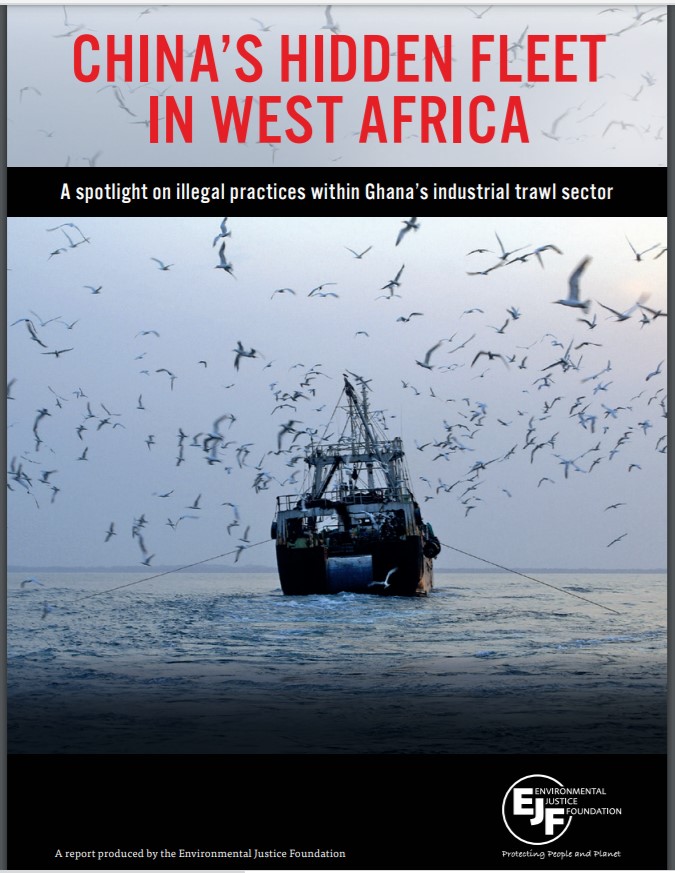
TIBET AT THE FRONTIER OF AQUACULTURE CAPITALISM
Tibetans are unaccustomed to thinking of the homeland as a global frontier, at the leading edge of a globalised production system that forever restlessly moves forward, seeking new opportunities for production and profit.
However, Tibet now finds itself at the forefront of China’s ever-expanding aquaculture industry, making it a member of a club Tibetans would not choose to join. Aquaculture production is an integral aspect of fish extraction worldwide. China’s ambitions and appetites know no bounds, least of all on the oceans of the world where there is almost no law, no governance, only minimal monitoring of the locations of boats, for marine safety purposes. China with impunity plunders the world’s oceans, on an extraordinary scale, trawling deep seas and also getting as close as possible to shallower continental shelf seas even if that means transgressing the Exclusive Economic Zones countries can draw around their land, well out to sea.
In practice, many of the developing countries urged to model themselves on China lack ability to patrol their Exclusive Economic Zones (EEZ) and chase away illegal trawling by Chinese fleets which at times cluster hundreds of boats into an armada. Not many poor countries have the will and the ability to intercept Chinese fishing boats and confiscate their frozen catch of any and all species caught in the nets. Further, Chinese fishing companies make arrangements with local fishers, for example in Ghana, so who owns the boats, who owns and profits from the fish caught, is often unclear. Fortunately, this has scandalised so many conservationists worldwide there are now several NGO networks closely monitoring what goes on at sea. They are natural allies of the Tibetans, far inland.
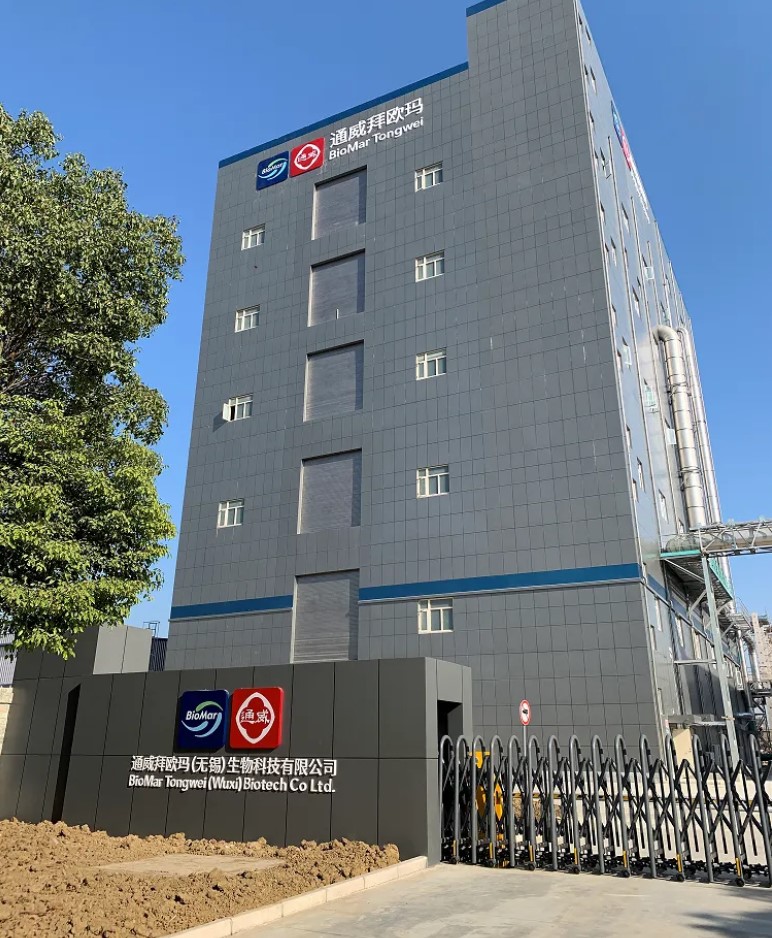
For China, yesterday’s fish production frontier was Ghana, in West Africa. Today’s frontier is Peru, Ecuador and the Galapagos islands. Tomorrow’s frontier is the scaling up of Tibetan trout aquaculture, in a further intensification and exploitation of common pool resources.
Does this really integrate Tibet into global seafood business? The feed pellets fed to trout in Tibetan dams are largely made from ground up fish. Feeding fish to fish is normal, a standard practice in aquaculture worldwide. The logic is straightforward: trawlers haul out of the sea everything that lives, inescapably caught in the net and hauled on board by powerful diesel-fuelled motors. However, some fish are in demand, many are not. In the industry those not fetching high prices are called “trash fish.” Small fish and fish that have a low market price are taken ashore, to factories where they are turned into fishmeal, which is then manufactured into fish feed pellets used in aquaculture as the main way of upping protein levels needed to maximise fastest growth of caged aquaculture fish.
“China’s aquaculture industry consumed approximately 1.4million tonnes of fishmeal in 2015, and China has always been the largest importer of fishmeal from the global market. China also produces a large amount of fishmeal from ‘trash fish’. Trash fish are the small fish that form the low-value component of commercial catches. A large proportion of the trash fish available in China is composed of juveniles of commercially important species, small benthic and mesopelagic fish, crustaceans and cephalopods. Unfortunately, China’s capture fisheries have been fully or over-exploited. In addition to fishmeal, the production of fish feed pellets often requires various crop products, and soybean meal is another important protein source used in aquaculture feeds. However, the production of soybean meal requires considerable arable land that could be used to grow food crops for human consumption.”[4]
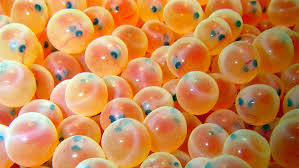
The fish fed to trout in Tibet, in dry pellets, may well have been caught in the Atlantic, taken ashore and processed in a fishmeal factory in Ghana. Fish in Tibet may be eating fish caught in the tropical Pacific, where huge Chinese predatory fleets prowl the unregulated oceans. In an elaborate industrial chain, the fish caught in a trawler net are then transferred, out in the remote ocean, to a much bigger ship, which eventually returns to China, its frozen accumulation of many trawler hauls on board, for processing. Out of sight, beyond regulation. It all happens so far from scrutiny that it is only recently that environmentalists have gathered the resources to monitor the movements of the trawlers and the big freezer ships, to reveal the pattern of their traffic.
ACCELERATING INDUSTRIAL INTENSIFICATION
We now know how and where fish are fed to fish, including Tibet. Tibet is an integral part of this globalised killing of billions of commercially worthless “trash fish”, for manufacture into expensive feed pellets, to produce premium priced fish favoured by wealthy urban Chinese consumers. Not only were Tibetans never asked to consent to this, the accelerating aquaculture industry in Tibet is badged as a poverty alleviation benefit to Tibet.
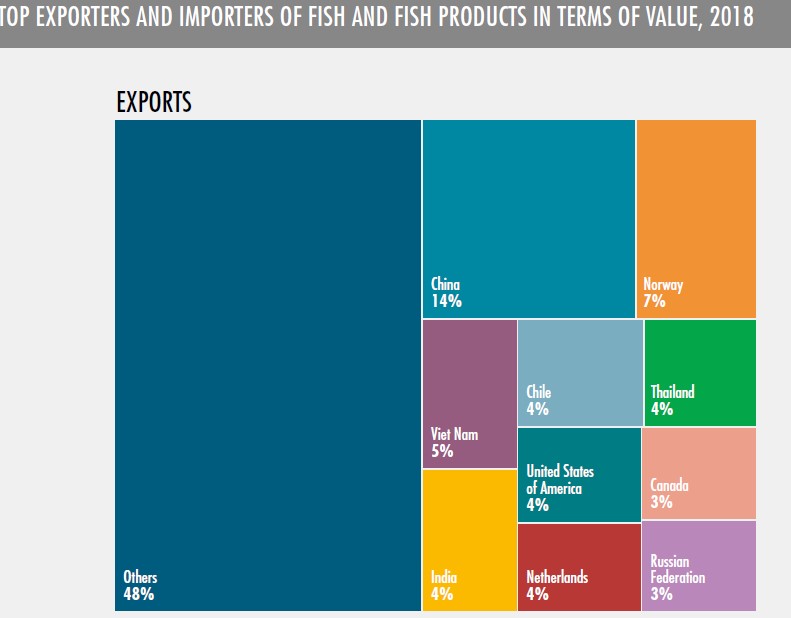
China has long planned to similarly industrialise and intensify production of yak, sheep and goat meat from Tibet. If aquaculture is deemed a success, it will become a model for similar intensification, using similar cold chain logistics, to distant urban markets. Back in 1996 the regional congress of Tibet Autonomous Region formally approved what would be developed during the Ninth Five-Year Plan for 1996 to 2000. Official media announced: “We will adhere to the slogan of ‘raising livestock according to pastoral resources and raising more livestock’, increase the livestock growth and commodity rates and the rate of animals delivered to slaughterhouses. We should appropriately concentrate investment funds on building a number of centres for raising, slaughtering, storing, transporting and processing livestock and poultry in order to in crease the supply of livestock products.”[5]
In reality, such intensification of yaks as throughput for meat production failed to materialise as fast as planned, due to drogpa nomad stubborn insistence on herds on the hoof as their only social security. So, such plans have been recycled, in one Five-Year Plan after another. The infrastructure just didn’t exist, linking remote pastures to urban demand for beef, an unfamiliar addition to urban eating. But slowly, according to official statistics of all Tibetan areas in five provinces, slaughter rates have been rising. The big breakthrough could be the creation of a cold chain commodity flow, driven by demand for trout.
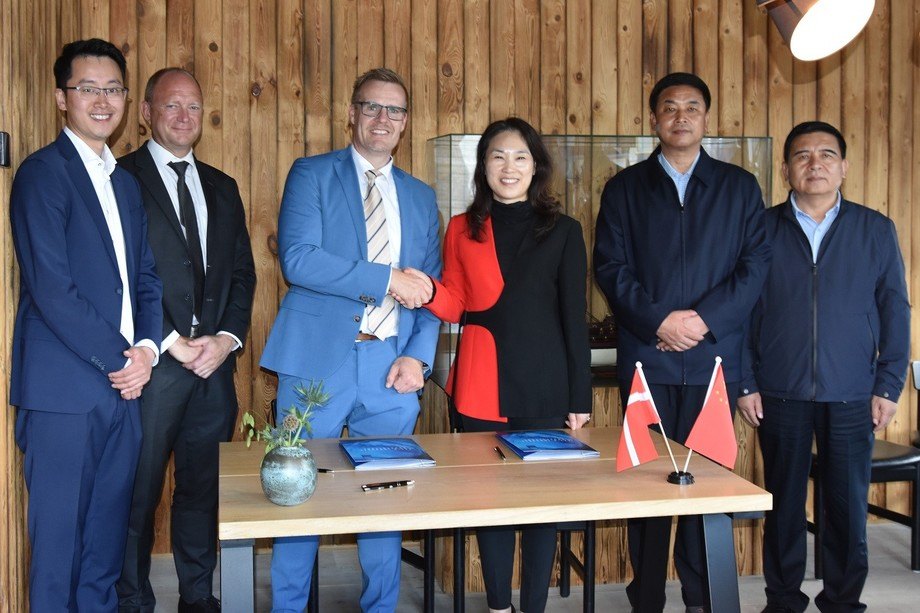
IS THIS HOW MARKETS WORK?
China continues to plan accelerating slaughter rates for yaks. The state also intervenes in China’s global exploitation of fish stocks. This is not simply the free market at work, maximising profit.
China’s primary intervention is to heavily subsidise the price of the diesel fuel needed by fishing boats to get to distant fish populations, and to haul nets up from the deep. A 2019 analysis by the International Institute for Environment and Development quantified China’s subsidies to its roaming fishing industry at $16.37 billion a year, a huge amount, far bigger than in other fishing countries.[6]
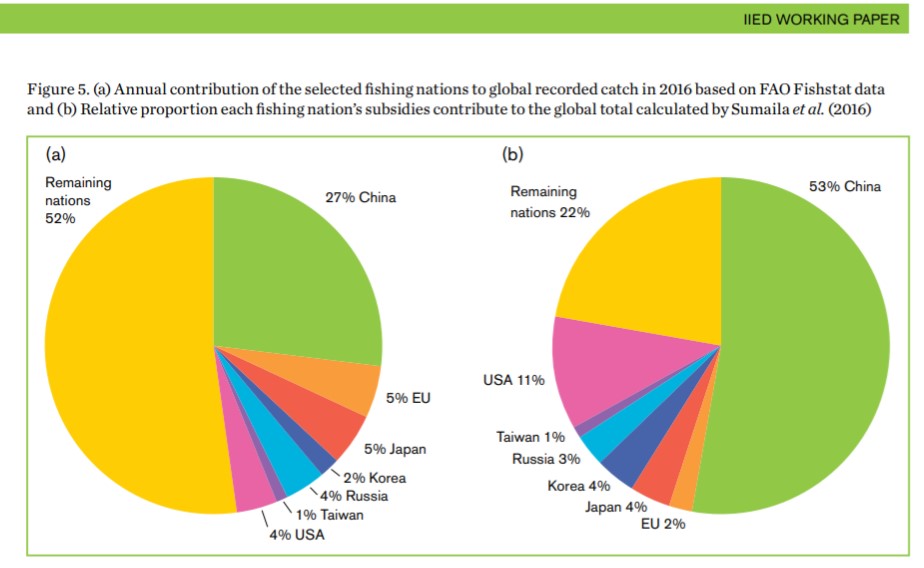
If China’s official subsidies calculated per tonne of fish caught and brought ashore, it works out to $945.8 per tonne of fish caught. Not only is this far more than the subsidies paid by other governments to their fishers, it profoundly tilts the whole industry. It is this massive subsidy that makes it worthwhile to trawl the sea floor, netting anything and everything indiscriminately, since even the “trashiest” of those “trash fish” that are then turned into fishmeal are so heavily subsidised. If it weren’t for those massive subsidies, fishermen would be much more selective about what they catch and would leave the “trash fish” alone.
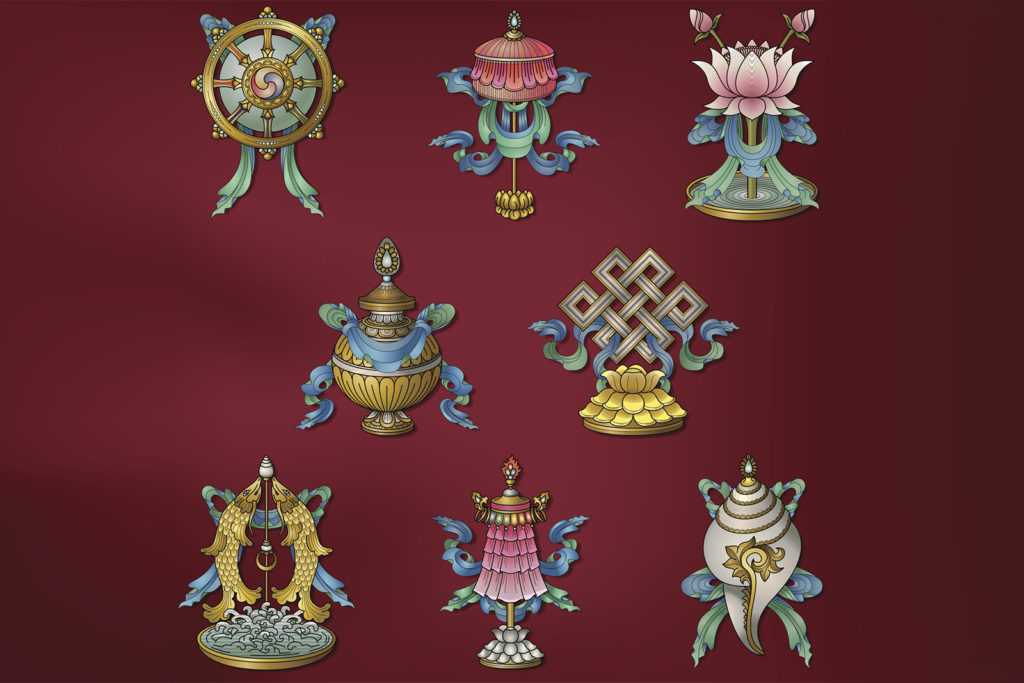
[1] Rui Ma et al., Protein nutrition on sub-adult triploid rainbow trout (1): Dietary requirement and effect on anti-oxidative capacity, protein digestion and absorption, Aquaculture 507 (2019) 428–434
[2] Zhiyun Ouyang et al, Using gross ecosystem product (GEP) to value nature in decision making, PNAS | June 23, 2020 | vol. 117 | no. 25 | 14593–14601
[3] FuHua Hao & YiFeng Chen, The reproductive traits of brown trout (Salmo trutta fario L.) from the Yadong River, Tibet, Environmental Biology of Fishes (2009) 86:89–96
[4] Wing Yin Mo et al., Use of food waste, fish waste and food processing waste for China’s aquaculture industry: Needs and challenge, Science of the Total Environment 613–614 (2018) 635–643
[5] Xizang Ribao, 7 June 1996
[6] Robert Arthur, Stephanie Heyworth, John Pearce, The cost of harmful fishing subsidies, International Institute of Environment and Development, Working paper 2019, https://pubs.iied.org/16654IIED/